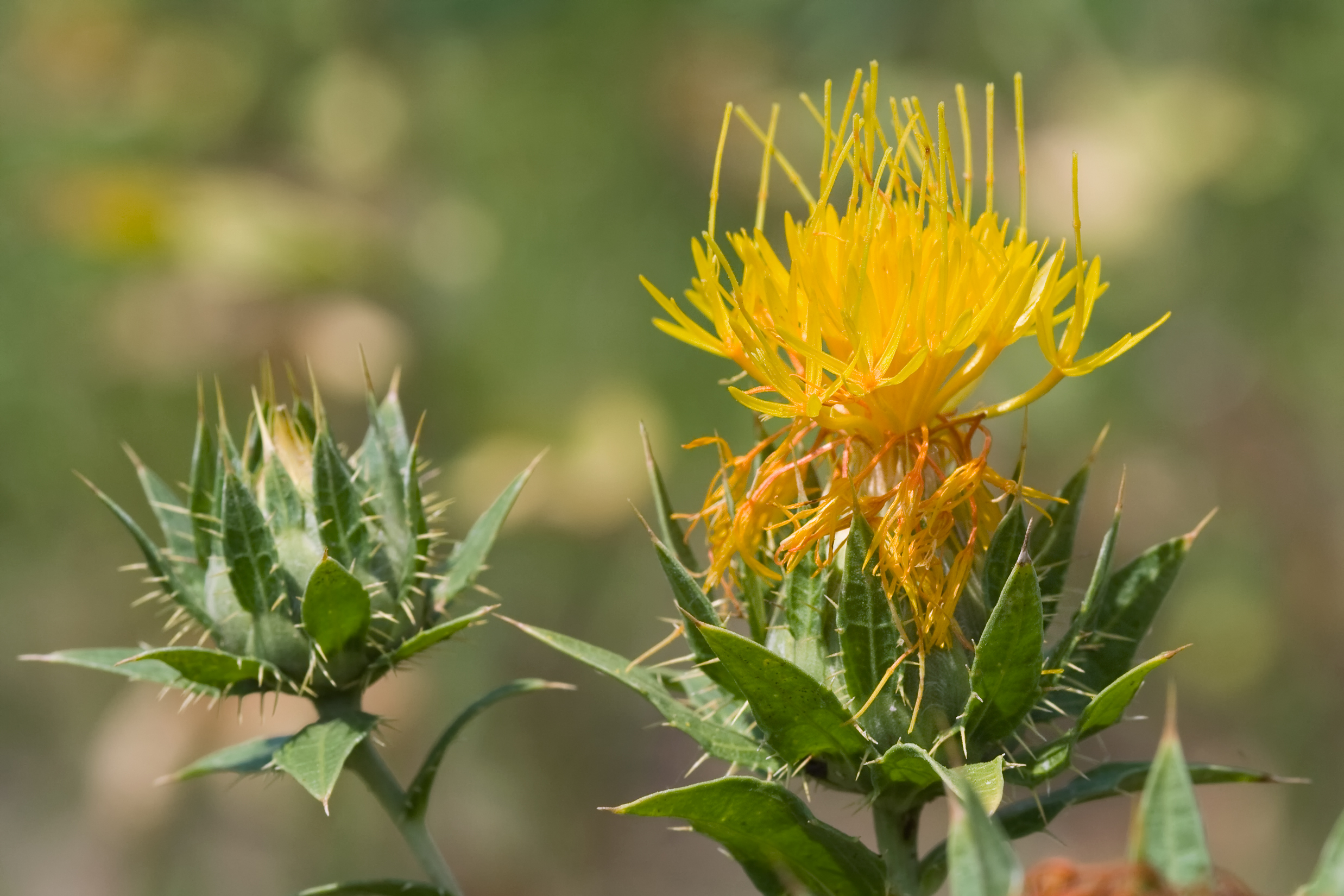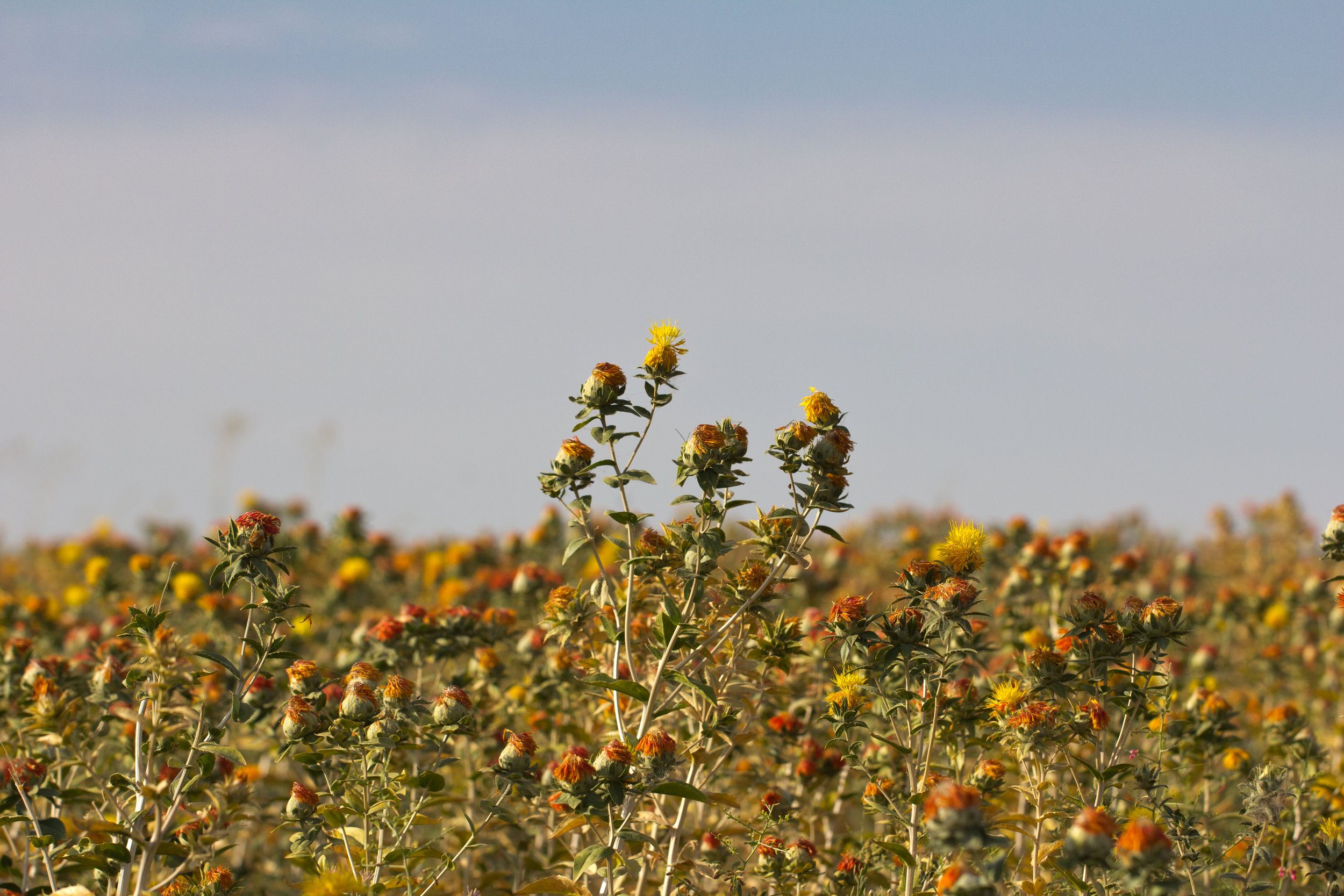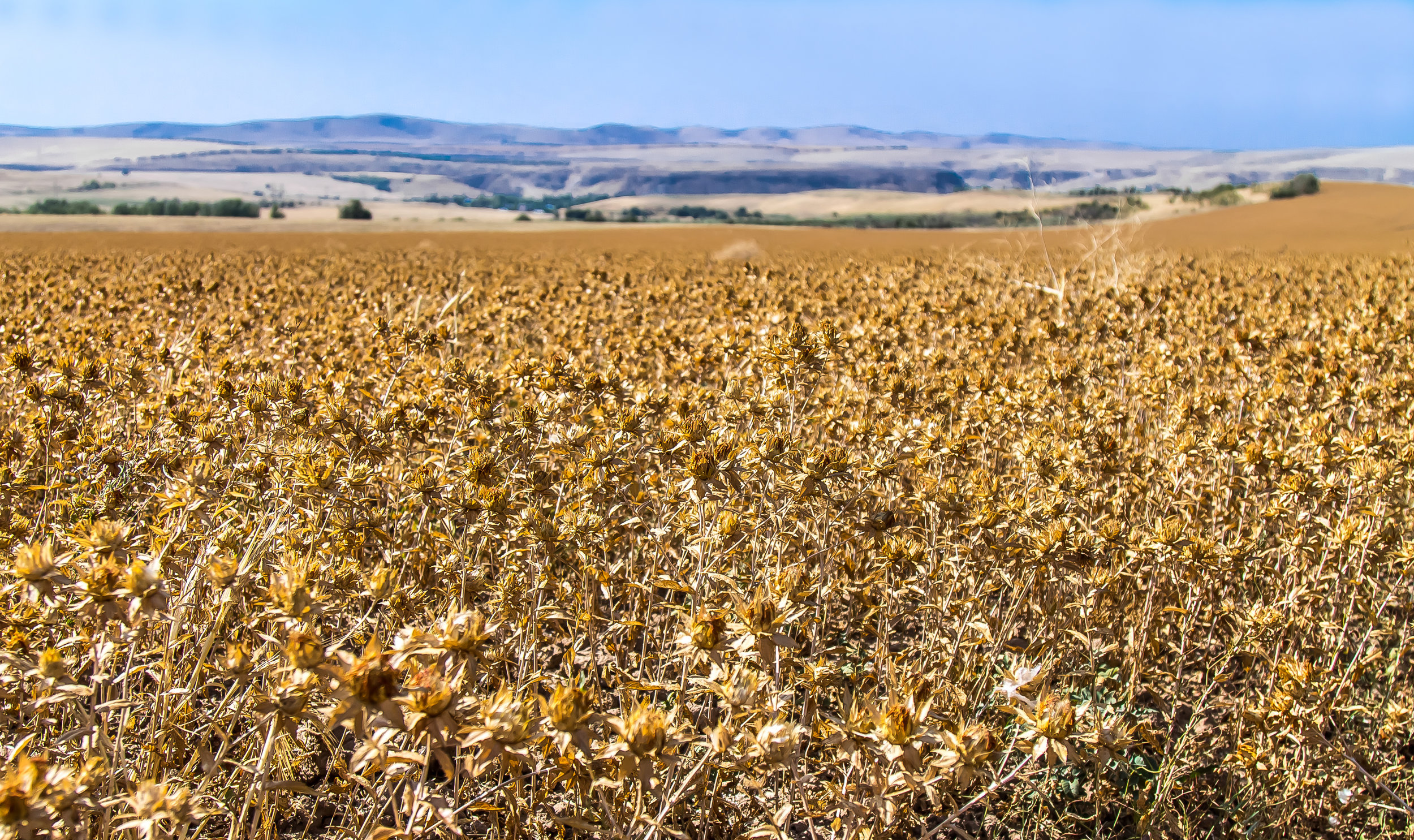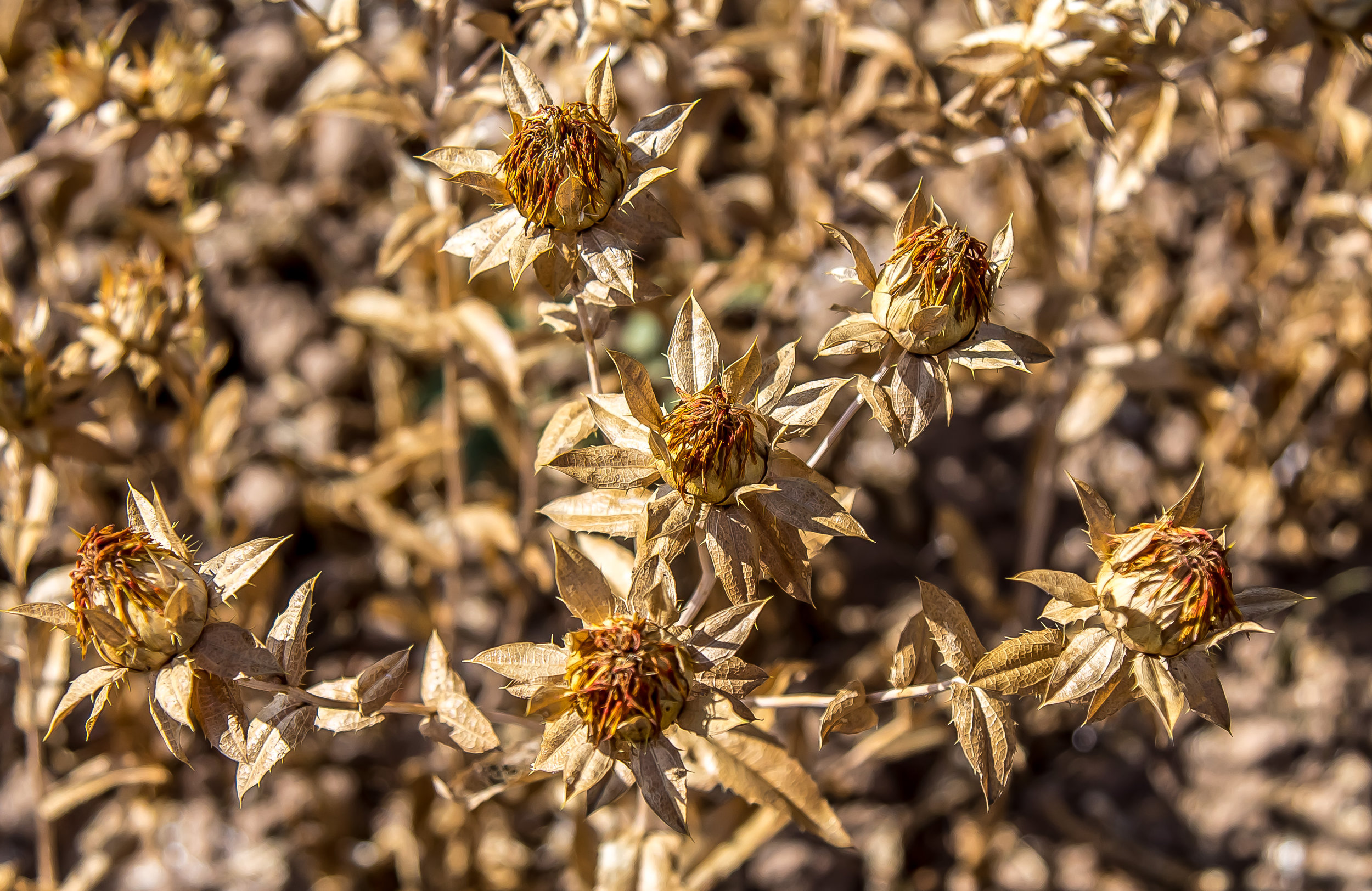carthamus tinctorius (safflower)
Warm season, annual broadleaf often cultivated for vegetable oil and birdseed. Prefers deep, fertile soils. Substantial taproot (8-10 ft.) allows plants to thrive in arid to semiarid conditions, breaks up compacted soils and draws-up and accumulates nutrients from lower subsoils. Also works in irrigated systems and some areas receiving higher rainfall. Moderate quality forage for grazing or hay if used before it becomes too prickly. Good pollinator species, increasing the presence of beneficial insects and reducing pressure from pest insects.
DISTRIBUTION / ADAPTATION
INFORMATION & ATTRIBUTES
Family: Asteraceae
Duration: Annual
Growth Habit: Forb/herb
Native Status:
Growth Form:
Mature Height: in.
Bloom Color:
Bloom Period:
Annual Precipitation: in.
Drought Tolerance:
Shade Tolerance:
Elevation:
Fire Resistance:
Fire Tolerance:
Nitrogen fixation:
SOIL ADAPTATION
Coarse Texture:
Medium Texture:
Fine Texture:
Salinity Tolerance:
CaCO3 Tolerance:
pH Range:
SEEDING NOTES
Seeds per Pound:
Seeding Rate: PLS lbs/acre
Season:
Days to Germination:
VARIETIES
None





